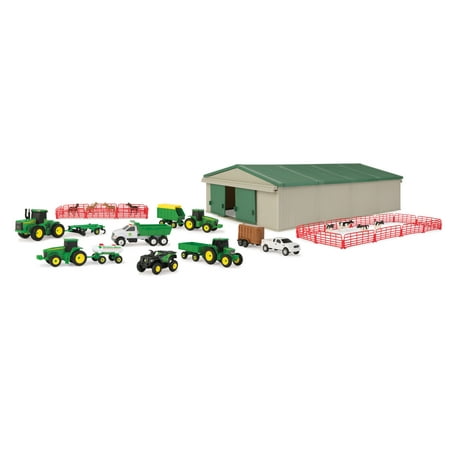5″ USPS LLV United States Postal Service Mail Diecast Model Toy Car Truck 1:36 Officially Licensed
Brand New, without box, taken from bulk packaging1 PC USPS LLV United States Postal Service Mail Diecast1:36 Scale, Pull Back Action, Doors and Back OpenableOfficially Licensed USPS Product by Kinsmart/KinsfunApprox 5″ InchesFor Ages three and Up!








Reviews
There are no reviews yet.